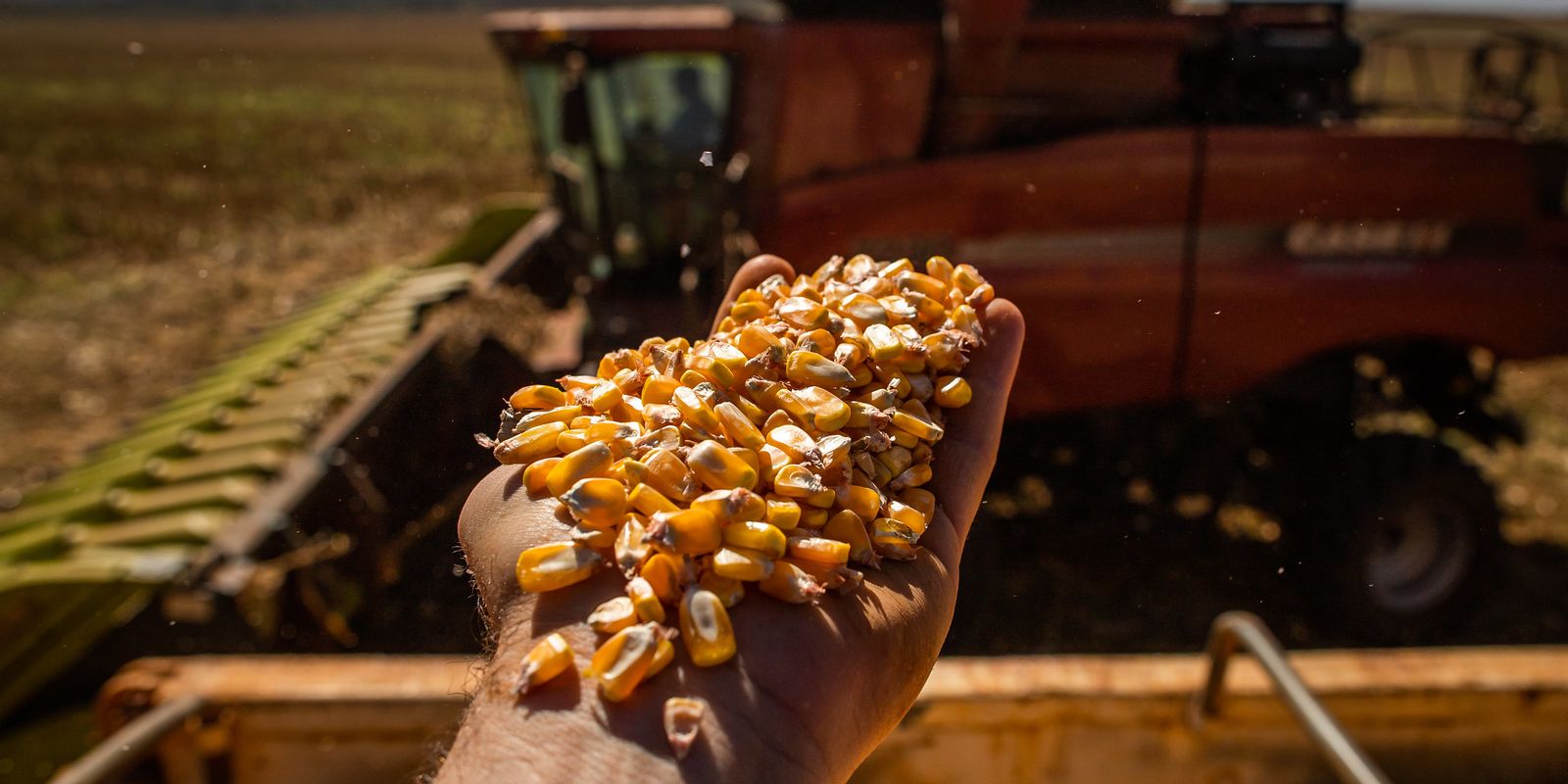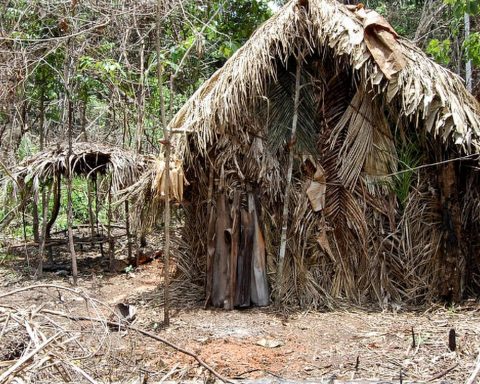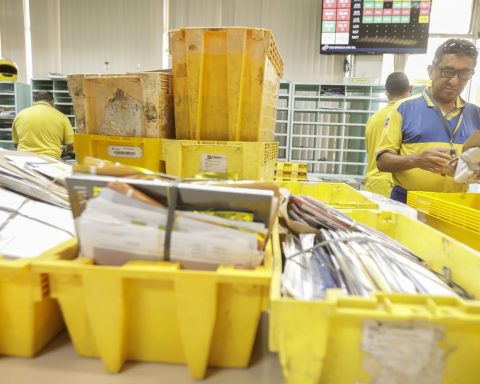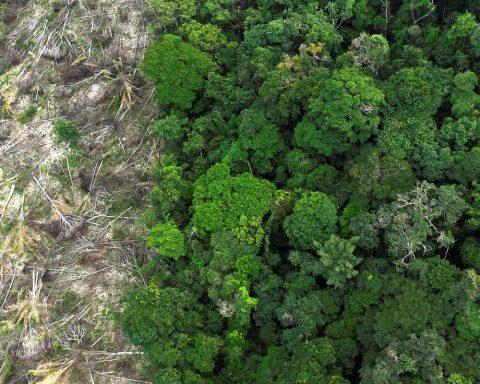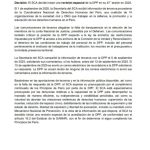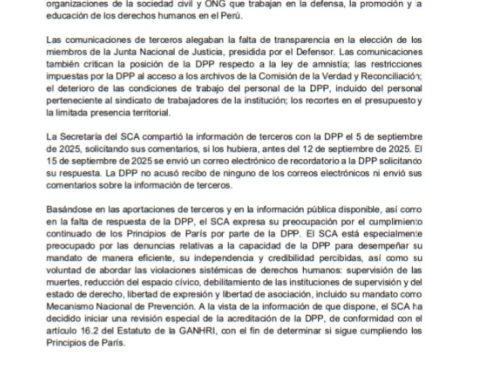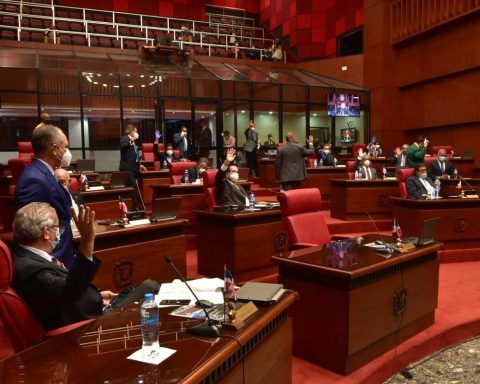The Brazilian harvest ended 2024 with the production of 292.7 million tons of cereals, legumes and oilseeds, which represents a decline of 7.2% compared to the 2023 harvest. The estimate is part of the Systematic Survey of Agricultural Production (LSPA) , released this Tuesday (14) by the Brazilian Institute of Geography and Statistics (IBGE).
The expected result for 2024 is 22.7 million tons below the 2023 harvest, which reached 315.4 million tons. The last time Brazil experienced harvest drop was in 2021with a decline of 0.4%.
The LSPA is a monthly estimate from IBGE for the planted area and Brazilian agricultural production. This was the tenth edition for 2024, that is, the final forecast for the year’s harvest. The real size of the Brazilian harvest will be reported by the institute in the Municipal Agricultural Survey, which will only be released in September.
Despite the decline in production, the LSPA indicates that the area harvested in 2024 reached 79 million hectares (to give you an idea, the states of São Paulo and Minas Gerais have a total territorial extension of 835 million hectares), growth of 1.6 % compared to 2023. This represents a harvested area 1.2 million hectares larger, that is, in addition to production, harvest productivity fell.
According to IBGE’s agriculture manager, Carlos Guedes, climate issues explain the drop in productivity. “There was a delay in soybean planting due to climate problems, mainly in the Central-West and South regions. There was excessive rain in the South of the country, with the floods in Rio Grande do Sul, which destroyed some rice, soybean and corn crops 1st harvest [o cereal tem duas safras anuais]. Not to mention the high temperatures and little rain in the 2nd harvest, affecting corn and wheat”, he explained.
Products
Soy is the main Brazilian agricultural product, with an estimated production of 144.9 million tons. Next comes corn, with 114.7 million. Rice, with 10.6 million tons, is the third main product. Together, the three foods represent 92.3% of the estimated production and 87.2% of the area to be harvested.
Analyzing state by state, the survey reveals that Mato Grosso is the largest national grain producer, with a share of 31.4%, followed by Paraná (12.8%), Rio Grande do Sul (11.8%) and Goiás (11.0%).
In relation to regions, the Central-West leads the production of cereals, legumes and oilseeds, with 144.6 million tons (49.4% of the total). Next comes the South, with 78.3 million tons (26.8%); the Southeast, with 25.8 million tons (8.8%); the Northeast, with 25.8 million tons (8.8%); and the North, 18.2 million tons (6.2%).
Estimate for 2025
The IBGE also released a forecast for the 2025 harvest. According to the survey, the 2025 Brazilian harvest should total 322.6 million tons, an increase of 10.2% compared to the 2024 harvest – 29.9 million tons more.
According to Guedes, the growth is due to the recovery of the soybean harvest, which experienced many problems in 2024. “This is in addition to favorable weather conditions for crops in most of Brazil, even with a delay in the start of planting. Producers managed to catch up by using high technology. It has been raining satisfactorily in most producing regions, which benefits the crops that are in the field, such as soybeans and 1st harvest corn”, he added.
